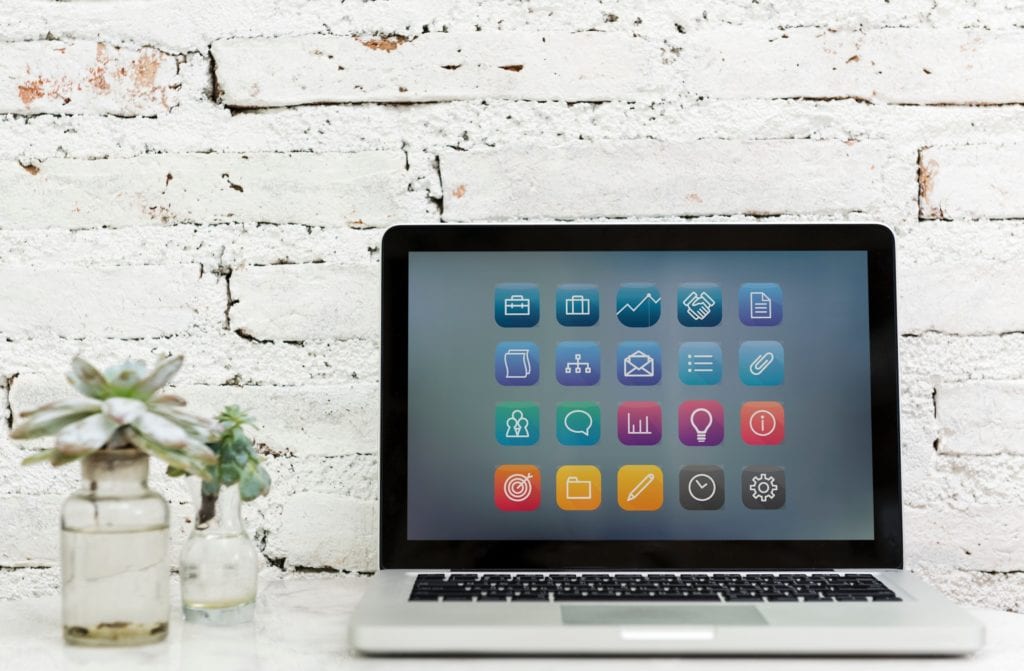Did you ever wonder how you could design your own icon? You can find icons everywhere. That is why you should be very careful with your own icon design. Can you imagine a world without icons or symbols today? They have been around for such a long time. Only designers will know how much effort and time is needed to not only make them helpful but also as simple and expressive as possible. The meaning of icons can be understood without having to add any text or further details – that is why they are particularly special.
Icon Design Explanation
Icon designs are small pictures that represent an object or program. Icons are simple images used in context to communicate something. They are very useful in applications that use windows because with the click of a mouse button you can shrink an entire window into a small icon. They are easily recognizable and easy to remember. Icons are a major feature of graphical user interfaces. The origin of its name is interesting. It comes from the Greek εἰκόνα (“eikona”), meaning “image,” which in turns derives from eikénai (an infinitive), which means “to be similar”, “to appear.” The word was used first to indicate a sacred representation painted on a table. Digital icons appeared when the first GUI operating systems came out, like Macintosh and Microsoft. They were associated with programs or files, which could be opened double-clicking on the icon.

History on Icon Design
Xerox Alto initiated the first digital icon design in 1981. Xerox Alto was the first computer designed from its inception to support an operating system based on a graphical user interface (GUI), later using the desktop metaphor. In January 1983, the Macintosh came into play with the Apple Lisa, using icons designed by Susan Kare. First icons were simple and easy to recognize. It was the first time a user was dealing with a click-based operating system. In 1985, Amiga Workbench introduced coloured icons. Macintosh first, Windows paved the way after, for the most used operating system in the world, that was mostly made with icons. Windows GUI system, with its icons and other elements, reigned for years, and designers from all over the world designed and created icons for the most popular operating system. Apple began to rise in the early 2000s when Steve Jobs returned to the company. Since then, Apple design has evolved from year to year, at least in its icons. This evolution involved any kind of medium with a user interface.
Icon Design- Best Practices
Let’s see the best way to create the perfect icon design, as visual elements:
- KISS principle “Keep it simple, stupid” (design principle noted by the U.S. Navy in 1960);
- Keep icons as simple as possible, and avoid unnecessary complication. Icon designs must be simple concepts for the environment in which they will be used;
- Consistency;
- Focus on common elements to use in your icons: the first thing to consider is definitely the colour palette. Using no more than three to four colours keeps the icon design clean and simple. Don’t be afraid to reuse elements throughout your icons. Repetition help users to identify icons and associate them with an action.
- White space;
- Don’t use a crowded space focus on white or blank space around icons it makes them clear and gives them attention.
- Communication;
- The icon design must communicate. Their task is to transfer visual information to the user in the simplest way possible.
Mobile-Friendly Icon Design
Icons have normally been used in web design, but thanks to the touching input on mobile phones, they have been successfully added to mobile design. In a mobile, icons have to be functional, understandable and intuitive. Icons can overcome language barriers and be comprehensible for international users, holding universal meaning. Icons can affect user behaviour by adding value to an element. Make your icons finger-friendly (do them large enough for users to easily interact with them).
We hope this article helps you to understand what icon design is. If you think you need help, we are more than happy to create an original and unique icon for you. You can contact us via live chat or use our interactive form to get a free quote for professionally designed icons and advice.

